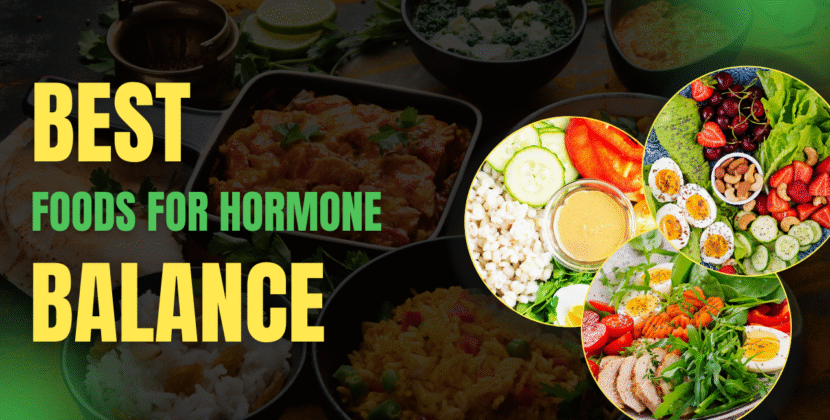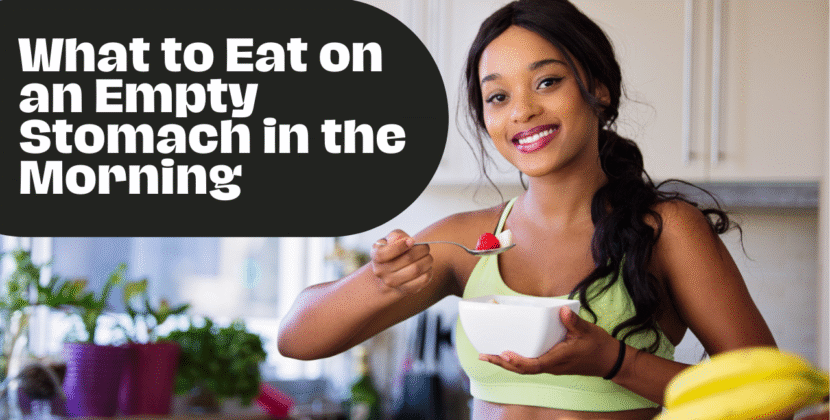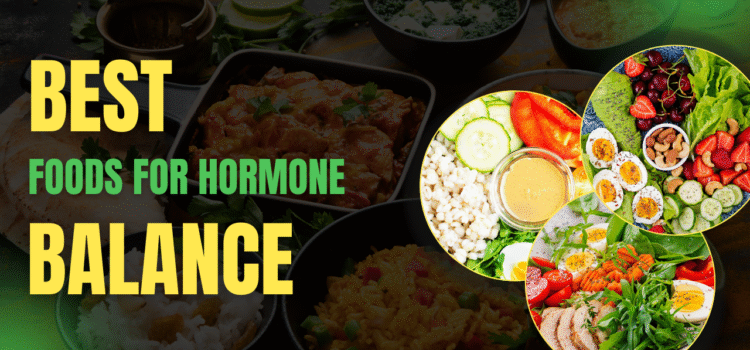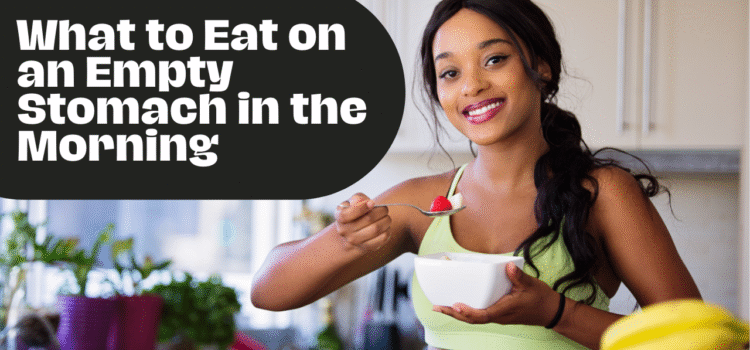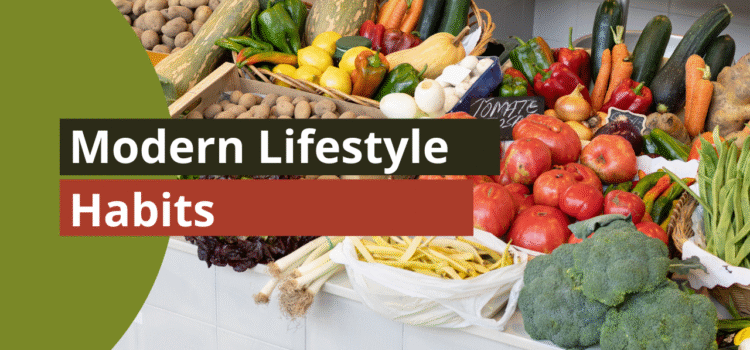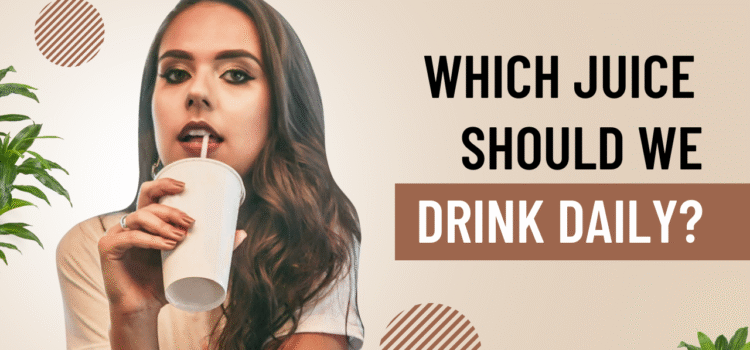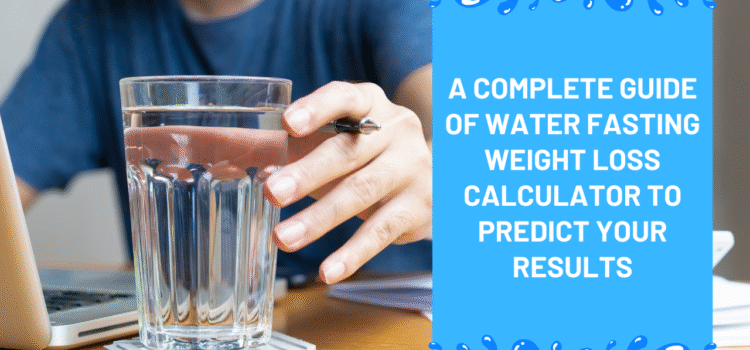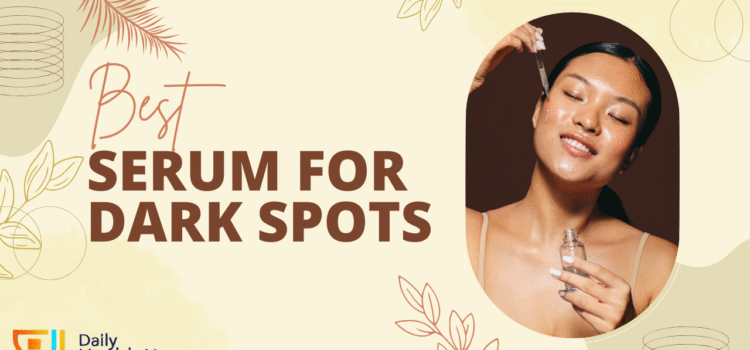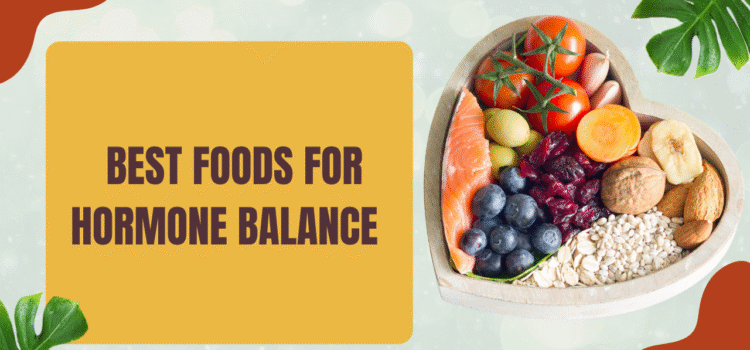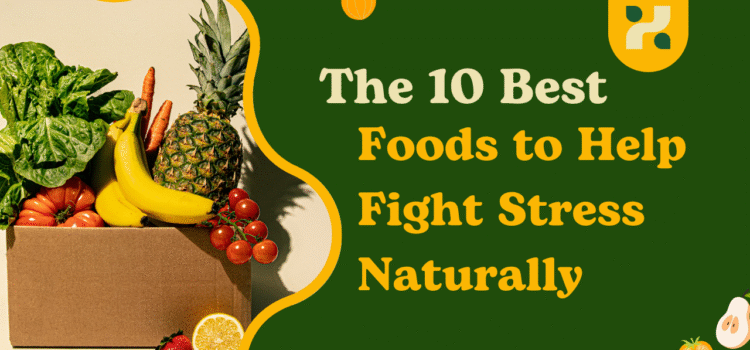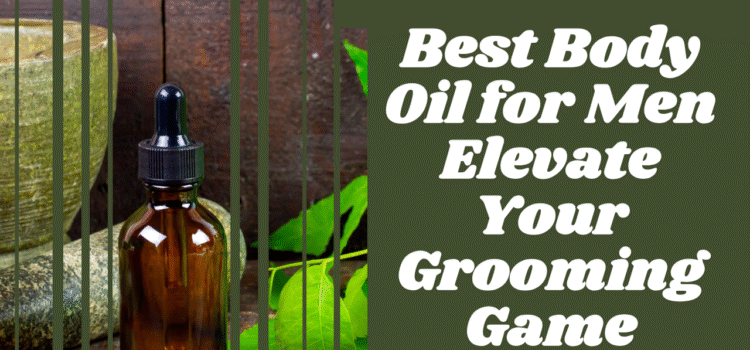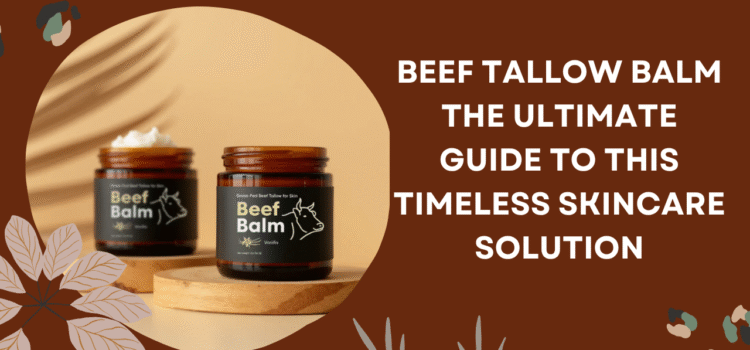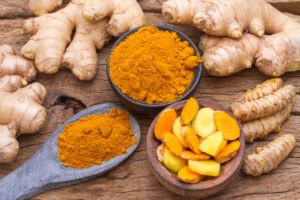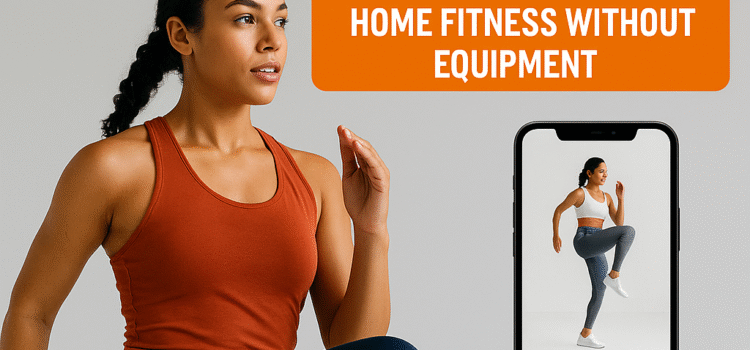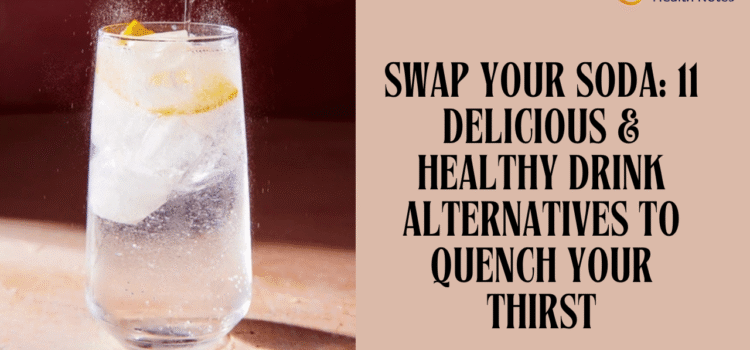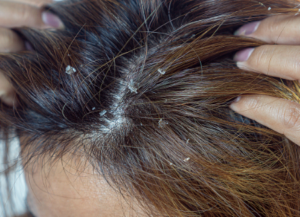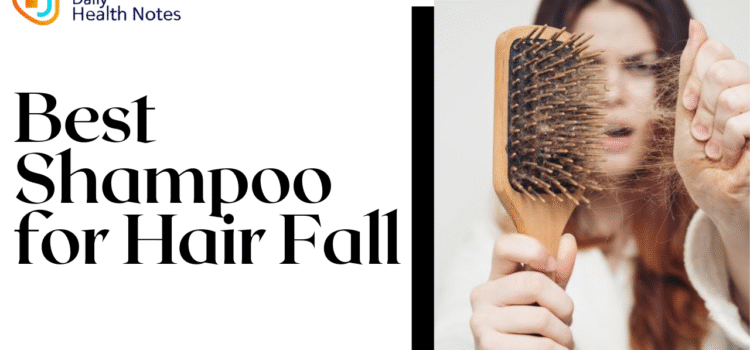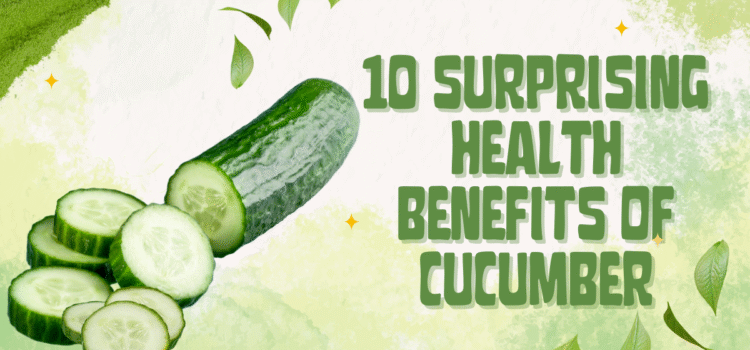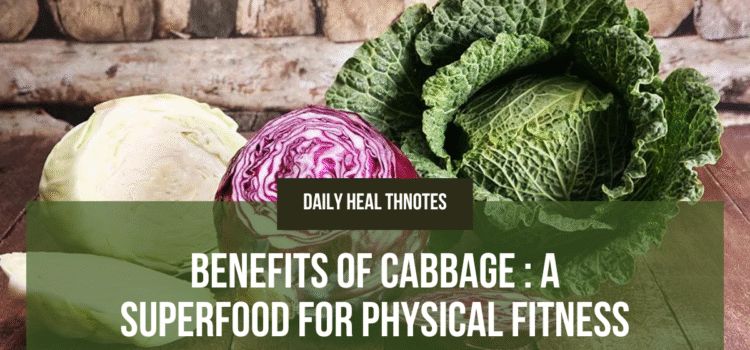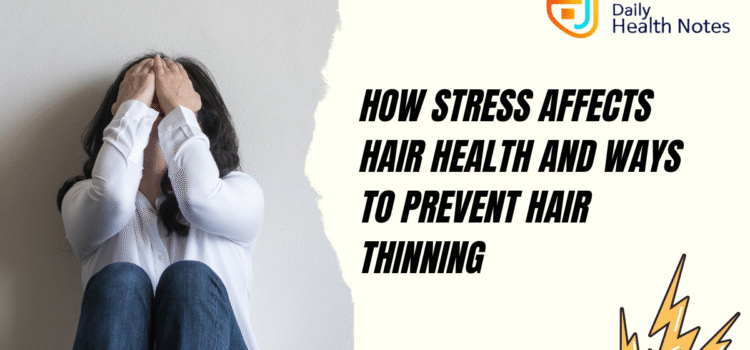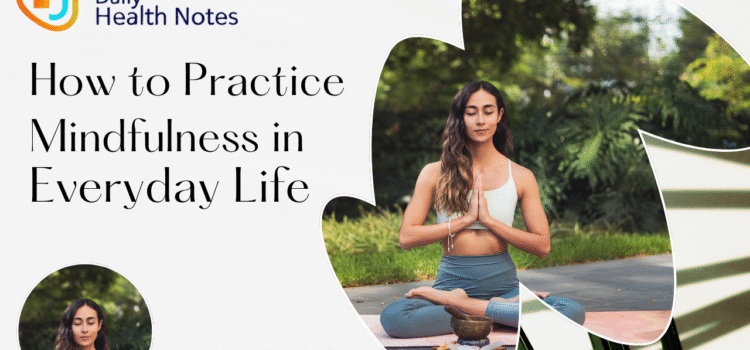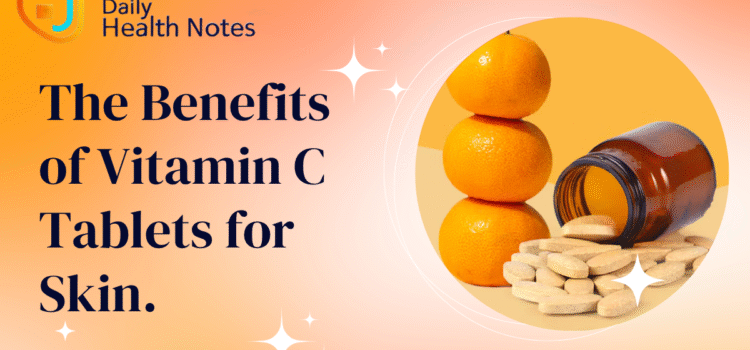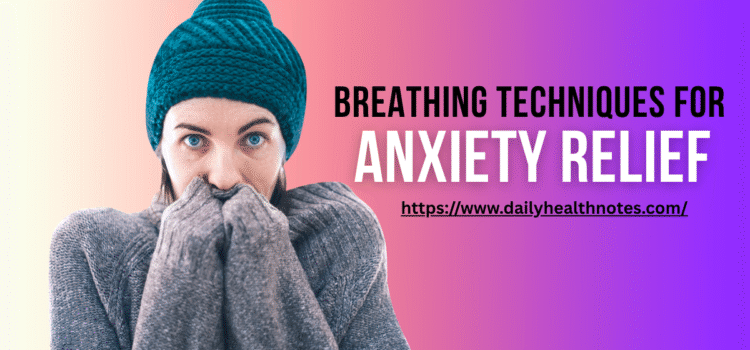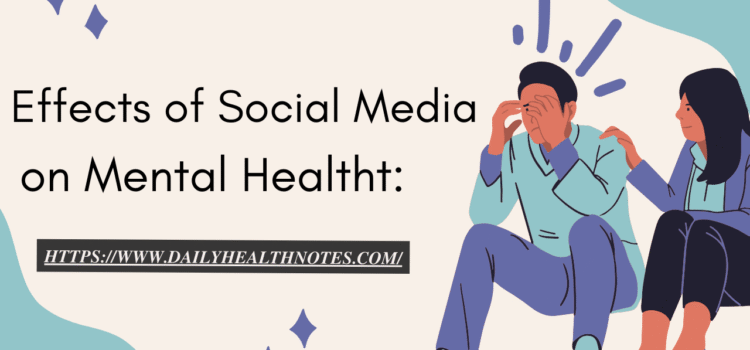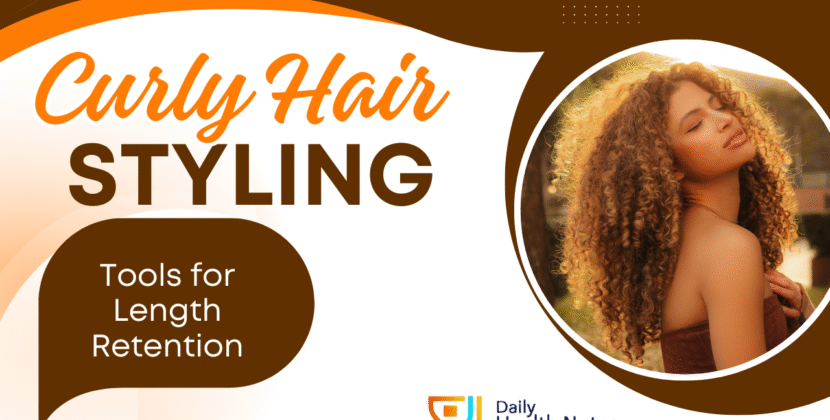
Curly Hair Styling Tools for Length Retention
Introduction
Curly hair is beautiful, versatile, and full of personality—but it’s also prone to dryness, tangles, and breakage. For many with curly or coily textures, length retention can feel like a challenge. While hair growth happens naturally, retaining that length comes down to daily care, protection, and using the right tools.
In this guide, we’ll cover the best curly hair tools that minimize damage, preserve curl integrity, and help you achieve long, healthy curls. From wide-tooth combs to silk scrunchies, these essentials are trusted by curly-haired individuals and recommended by hair care experts.
Why Length Retention Matters for Curly Hair
Unlike straight hair, curly strands twist and coil, creating weak points along the shaft. These bends make curls more prone to:
- Breakage during detangling
- Moisture loss due to raised cuticles
- Shrinkage that hides actual length
By using styling tools designed for curly hair, you can minimize stress on your strands, reduce shedding, and finally see the length you’ve been working toward.
Essential Curly Hair Styling Tools for Length Retention
1. Wide-Tooth Comb
A wide-tooth comb is a must-have for gentle detangling. Unlike fine-tooth combs or brushes, it glides through curls without breaking strands. For best results:
- Detangle on damp, conditioned hair
- Start from the ends and work upward
- Apply a leave-in conditioner for extra slip
👉 Dermatologists at the American Academy of Dermatology recommend avoiding harsh brushes to reduce breakage.
2. Microfiber Towel or Cotton T-Shirt
Traditional terry cloth towels rough up the hair cuticle, leading to frizz and split ends. Instead, opt for:
- Microfiber towels – lightweight, absorbent, and curl-friendly
- Cotton t-shirts – a budget-friendly alternative for gentle drying
Both options help prevent friction and support healthy length retention.
3. Diffuser Attachment for Hair Dryers
Heat styling can be damaging, but when used carefully, a diffuser helps curls dry evenly with less frizz.
Tips for safe diffuser use:
- Keep the dryer on low or medium heat
- Apply a heat protectant before drying
- Avoid daily use to prevent heat damage
This tool enhances curl definition without over-manipulating strands.
4. Satin or Silk Pillowcase
Nighttime friction is a silent length killer. A silk or satin pillowcase reduces tangling, frizz, and breakage while keeping moisture locked in.
Alternatively, use a silk bonnet or scarf to protect your curls while sleeping.
👉 The National Center for Biotechnology Information (NCBI) highlights how protective fabrics can reduce mechanical stress on hair.
5. Silk Scrunchies & Claw Clips
Tight elastics pull and snap curly hair. Instead, use:
- Silk scrunchies – prevent dents and breakage
- Claw clips – secure curls without stress
These accessories protect your strands while allowing versatile styling.
6. Scalp Massager
A scalp massager not only feels amazing but also stimulates blood circulation, which supports healthy hair growth. Regular scalp massages with lightweight oils can strengthen roots and improve overall hair health.
7. Heatless Curling Tools
For styling without heat damage, consider:
- Flexi rods
- Perm rods
- Curlformers
These tools let you experiment with new curl patterns while prioritizing length retention.
Expert Tips for Preventing Breakage
- Moisturize regularly: Dry curls snap easily—use leave-in conditioners and oils.
- Limit heat styling: Stick to diffusers and low-heat tools.
- Trim split ends: Prevents damage from traveling up the hair shaft.
- Protective styles: Braids, twists, and buns reduce manipulation.
Many curly-haired individuals in forums like NaturallyCurly.com share that protective tools paired with consistent moisturizing have helped them retain inches of length.
FAQs About Curly Hair Tools and Length Retention
1. Does heat damage curly hair?
Yes. Frequent high-heat styling can weaken hair bonds, leading to dryness and breakage. Always use a heat protectant and stick to low settings.
2. What’s the best tool for detangling curly hair?
A wide-tooth comb or fingers are the safest methods. They minimize tension and breakage compared to brushes.
3. How often should I use a diffuser?
Use only when necessary—ideally 1–2 times a week. Air-drying is the healthiest option for curls.
4. Do silk scrunchies really make a difference?
Yes. Silk scrunchies reduce friction, prevent dents, and keep curls intact without pulling on the hair shaft.
5. Can protective styles help with length retention?
Absolutely. Protective styles reduce daily manipulation and keep ends tucked away, which supports growth retention.
Final Thoughts
Retaining length with curly hair doesn’t have to feel impossible. The key lies in choosing the right tools—ones that protect, preserve, and enhance your natural curls. By incorporating wide-tooth combs, silk scrunchies, diffusers, and protective accessories into your routine, you’ll minimize breakage and enjoy healthier, longer curls over time.
💬 Your Turn: What’s your go-to curly hair styling tool for length retention? Share your favorite tips in the comments below or pass this article along to a curl friend who needs it!

